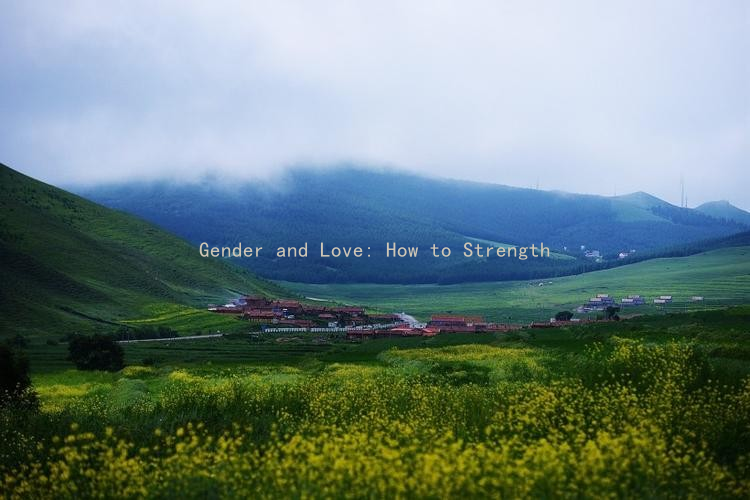From Conflict to Connection: Two-Sided Strategies for Harmonious Relationships
In today’s fast-paced world, maintaining a harmonious relationship can often feel like a daunting task. Conflicts are inevitable, but the way we approach and resolve these conflicts can either strengthen or weaken the bond between partners. This article explores two-sided strategies that promote connection rather than division, allowing couples to navigate their differences while fostering love and understanding.
Understanding Underlying Issues
Before diving into conflict resolution, its crucial to understand the underlying issues that often fuel disagreements. Every conflict often stems from deeper needs, desires, or fears. Partners should engage in open conversations to uncover these root causes. Make space for questions such as:
– What are your expectations in this situation?
– How does this conflict make you feel?
– What do you fear might happen if we don’t resolve this?
By asking these questions, couples can create a dialogue that goes beyond surface-level disagreements, leading to a more profound understanding of each other’s emotional landscapes.
Active Listening
One of the most effective strategies in resolving conflicts is the practice of active listening. This involves not just hearing the words being said but fully engaging with the speaker. Demonstrating empathy and validating your partners feelings can diffuse tension dramatically. Here’s how to practice active listening:
1. Reflect Back: After your partner speaks, summarize what you heard to show that you are paying attention and to clarify any misunderstandings.
2. Ask Open-Ended Questions: Encourage your partner to express their thoughts more by asking questions that require more than a yes or no answer.
3. Avoid Interrupting: Allow your partner to finish their thoughts without interruption. This shows respect and willingness to engage.

Practicing Vulnerability
Vulnerability is a powerful tool in relationships. When both partners allow themselves to be vulnerable, they create an environment of trust and safety. Share your feelings, insecurities, and fears honestly, which can encourage your partner to do the same. This mutual openness helps build intimacy and reinforces the idea that you are a team facing challenges together.
Finding Common Ground
Rather than focusing solely on what you disagree with, try to identify shared values or goals. Whether it’s the desire for a happy family, financial stability, or shared experiences, finding common ground can help you navigate through any disagreement. By redirecting the conversation towards shared interests, both partners can feel united in their relationship rather than divided by their differences.
Setting Boundaries and Agreements
In any relationship, it’s essential to establish boundaries and agreements that protect each partners well-being and foster respect. Discuss what topics or actions might trigger conflict and agree on how to approach these situations in the future. This proactive strategy helps prevent misunderstandings and resentment from building up over time.
The Power of Apology
Recognizing that both partners play a role in conflicts is crucial. If you have made a mistake, a sincere apology can go a long way in healing wounds. An effective apology should acknowledge the specific behavior, express genuine regret, and make it clear that you understand the impact of your actions on your partner. This authenticity encourages your partner to take ownership of their part as well, paving the way for mutual forgiveness and healing.
Mindfulness and Emotional Regulation
Finally, practice mindfulness techniques to manage your emotions during conflicts. When tempers flare, taking a step back to breathe and collect your thoughts can prevent escalation. Consider strategies like deep breathing, meditation, or short walks to help regulate your emotions. This not only aids in clearer communication but also encourages a more thoughtful approach to conflict resolution.
Conclusion
The journey from conflict to connection is not just about resolving disagreements; it’s about strengthening the team dynamic in your relationship. By employing these two-sided strategies—understanding underlying issues, active listening, practicing vulnerability, finding common ground, setting boundaries, offering sincere apologies, and utilizing mindfulness—couples can transform challenges into opportunities for deeper connection. Remember, every challenge can be a stepping stone to a more profound understanding and appreciation of each other, paving the way for a harmonious and loving relationship.





